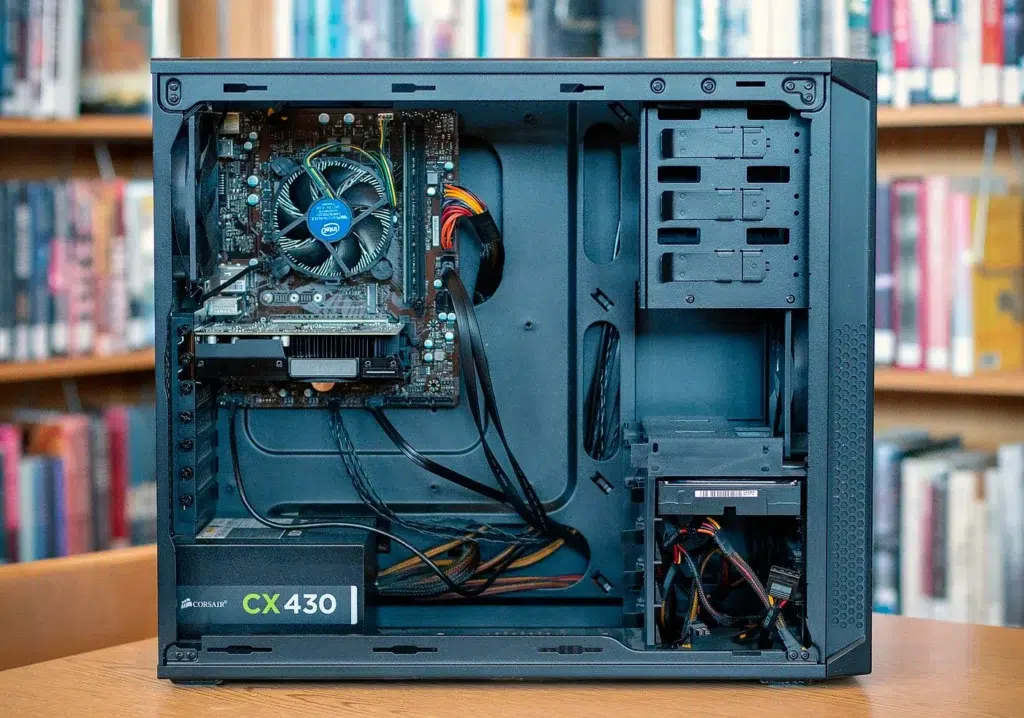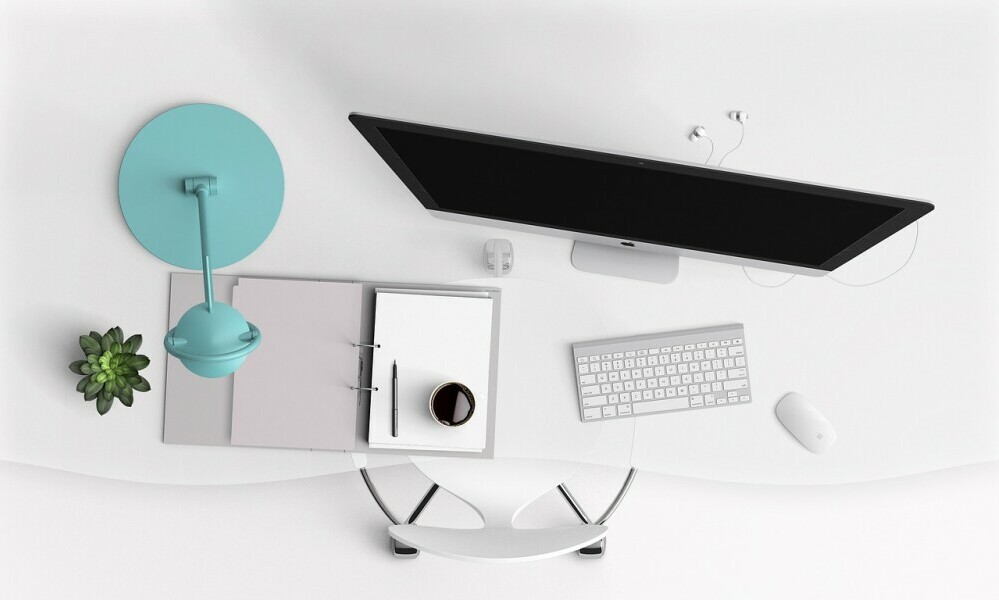Table of Contents
If you’re in the market for a desktop computer, have you ever considered going for a used one? It’s not just about the lower price point; there’s a lot more to it. Choosing a used desktop computer can be a smart and environmentally conscious decision that doesn’t compromise on performance if done correctly.
Many people opt for used computers as a way of getting more bang for their buck. You’re going to find out about how it’s possible to secure high-end features that may be out of reach when looking at new models with a similar budget. Plus, by reusing existing tech, you’re contributing to a greener planet, reducing e-waste, and giving perfectly good technology a second life.
So, what should you be on the lookout for to make sure you’re getting a reliable machine that meets your needs? I’m here to help you with that. In the next section, we’ll dive into the key components inside the system unit that you need to check — from the processor speed to memory, storage, and more.
Internal Components Checklist

I’m here to help you with the heart and soul of the desktop computer: its internal components. This isn’t just about power and speed; it’s also about reliability and future-proofing your investment.
Assessing the processor, or CPU, is your starting point. You’re going to find out whether it can handle your tasks, from browsing and office applications to heavy-duty gaming or video editing. The CPU’s performance can make or break your computer’s ability to keep up with you.
Now, let’s talk about memory. Sufficient RAM is crucial for multitasking and running modern software smoothly. I’ll guide you through figuring out how much you need based on what you plan to do with your desktop.
Checking the health of the hard drive is next. A failing hard drive is no joke—it means data loss, frustration, and additional costs. Learn how to inspect for signs of wear and consider solid-state drives (SSDs) for better performance and durability.
If you’re into gaming or design, you can’t ignore the graphics card. This piece of hardware transforms your computing experience, especially in graphics-intensive tasks. I’ll explain how to evaluate a used graphics card and its suitability for your needs.
Lastly, think about future you. The tech world moves fast, and you might want to upgrade components down the road. It’s important to confirm the machine’s compatibility with new parts and its potential for upgrades.
External Examination: What To Notice
Now, let’s turn our attention to the outside of the desktop. Consider this the first date with your future computer; it’s important to pick up on the first impressions and little details that hint at the device’s history and care.
Start with a thorough look at the computer’s casing. What you’re doing is essentially checking for any physical evidence that the computer has had a rough life. Scratches, dents, or any signs of drops and spills can be indicators of potential problems lurking inside. Much like you’d check a used car for signs of bodywork, the same principle applies here.
Next up, you’re going to want to test each and every port. Bring along a USB drive, an ethernet cable, headphones – anything that will help you verify that ports aren’t just for show. It might seem like a small matter, but faulty ports can be a headache down the line.
If you’re able to power on the computer, do take the time to ensure the cooling system is functioning well. Listen for any unusual noises that could signal a failing fan or a computer that may overheat.
Reflect on the placement as well. Is the tower big and bulky, or sleek and compact? Your workspace might prefer one over the other. And while you’re at it, consider the aesthetic aspects too. It may not affect performance, but its nice when your tech doesn’t stick out like a sore thumb.
Finally, check if there are any peripherals or accessories thrown into the deal. Things like a keyboard, mouse, or even a monitor can sweeten the pot and save you extra purchases later on. Just make sure they’re in good shape and something you’d actually use.
Once you’ve completed the external examination, you should have a clear picture of the computer’s overall condition. If everything checks out, you’ll be ready to move on to the final, equally crucial steps I’ll cover next – ensuring the authenticity of what you’re buying and that you’re supported after the sale.
Conclusion: Making an Informed Decision
You’re going to find out that getting a used desktop computer can be a smart move, both economically and environmentally. Your journey through the key components, rigorous external inspection, and validation of the system’s legitimacy should have armed you with the necessary tools to make an educated guess.
Remember, it’s not just about snapping up the cheapest option available. It’s also about finding a balance that ticks the boxes for your specific needs. Whether it’s for work, gaming, or simple daily tasks, you want a machine that’s going to deliver without compromise.
I really hope that the insight provided here leads you to a desktop that serves you well. Don’t worry too much about finding a perfect system on the first go. It’s all about identifying the potential for upgrades and ensuring longevity.
In my opinion, it’s wise to approach the purchase with a mix of caution and optimism. Do your due diligence, be patient, and choose something that resonates with you. And remember, your first attempt doesn’t need to be your last. With the right desktop, there’s a lot of opportunity in what you’ll be able to create, design, and produce.
Thanks for going through these tips, and I’d love to hear your feedback once you’ve navigated the waters of purchasing a used desktop. Happy computing!
If you are interested in buying used appliances for your household then you will find following article very useful to make an informed decision
kay,
secondlifeloot.com

